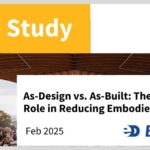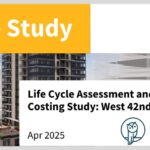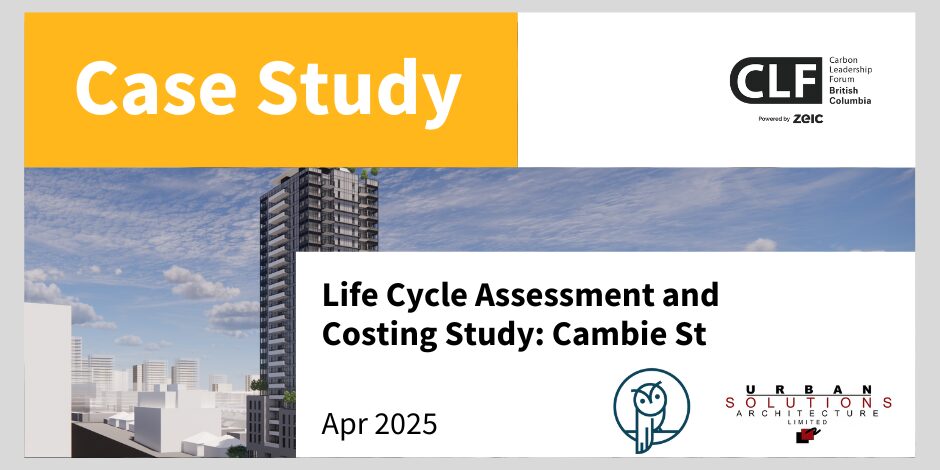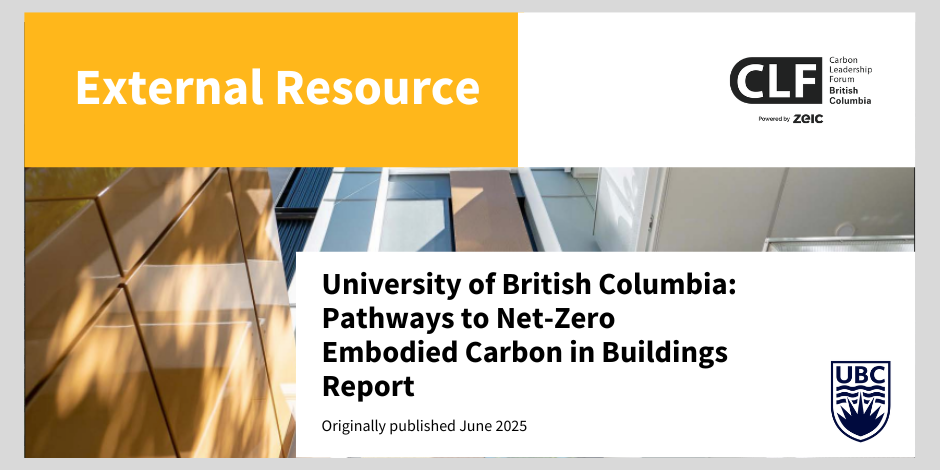
As-Design vs. As-Built: The Builder’s Role in Reducing Embodied Carbon
February 24, 2025
Life Cycle Assessment and Costing Study – West 42nd Ave
April 16, 2025
Project Overview
As cities work towards decarbonizing the built environment, the building sector is recognized for the crucial role it plays. While operational carbon emissions from energy use have been the primary concern, embodied carbon is now recognized as a key factor in achieving climate goals. Embodied carbon includes emissions from the entire lifecycle of building materials, from extraction to disposal. As buildings become more energy-efficient, embodied carbon’s share of total emissions is expected to rise, making it a critical target for climate action.
Vancouver’s climate policies are driving the industry to prioritize embodied carbon reduction through regulations. Contrary to common belief, lowering embodied carbon doesn’t always increase costs. Many strategies—such as optimizing materials, sourcing locally, and reusing structures—can cut both emissions and expenses. New limits on embodied carbon for Part 3 buildings present an opportunity for developers and architects to lead with smart, sustainable designs that enhance project value without sacrificing function or affordability.
The financial impact of embodied carbon strategies varies, making early evaluation essential. Some choices may raise costs, but many can lower them. Studies of two Vancouver high-rises examine how material choices can reduce both carbon footprint and expenses, ensuring climate action aligns with cost efficiency
This proposed 26-storey residential building in Vancouver, currently at the rezoning stage, achieves a low embodied carbon intensity of 324 kgCO₂e/m². This reflects a 19% reduction in emissions, meeting the 10% target, with total embodied carbon estimated at 4,936 tCO₂e. By examining design choices that minimize or change material use and prioritize low-impact options, this study provides insights into how these strategies can positively impact both the carbon footprint and the financial outcome of a project.
Please note that some material values in this case study are set to be updated in the coming weeks.





